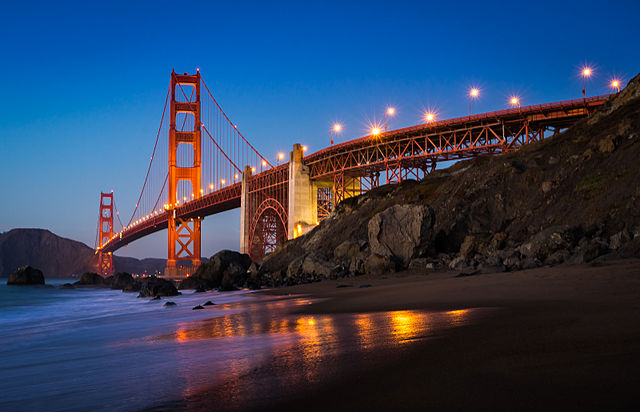Thomas Jefferson
Mount Rushmore, located in the Black Hills of South Dakota, features sculptures of four of the greatest Presidents of the United States: George Washington, Thomas Jefferson, Theodore Roosevelt and Abraham Lincoln.
Source: Used under License of Corel Photo CD.
|
| Potrait of Thomas Jefferson by Rembrandt Peale Source: White House Historical Association |
Thomas Jefferson is known for being the primary author of the Declaration of Independence as well as the Third President of the United States serving 2 terms from 1801-1809. He had served as Secretary of State during George Washington’s first term and as his Vice President for the second term. During his Presidency he negotiated with the French for the Louisiana Purchase, which doubled the size of the United States territory and sent Lewis & Clark to explore the new added territory.
Thomas Jefferson is honored in 3 different Snapshots Across America Cards:
Thomas Jefferson is honored in 3 different Snapshots Across America Cards:
The Gateway Arch is the Primary attraction at the Jefferson National Expansion Memorial in Saint Louis, Missouri.
The site celebrates the Expansion of the United States through the Louisiana Purchase that was negotiated by Thomas Jefferson during his Presidency.
He is also honored in the Snapshots: American History Expansion Deck with the Lewis & Clark National Historical Park in Washington & Oregon for sending them to explore that Louisiana Purchase.
Jefferson is also noted in the Historical Sites Expansion deck for Monticello, which was his home for over 50 years, located in Charlottesville, Virginia.
















